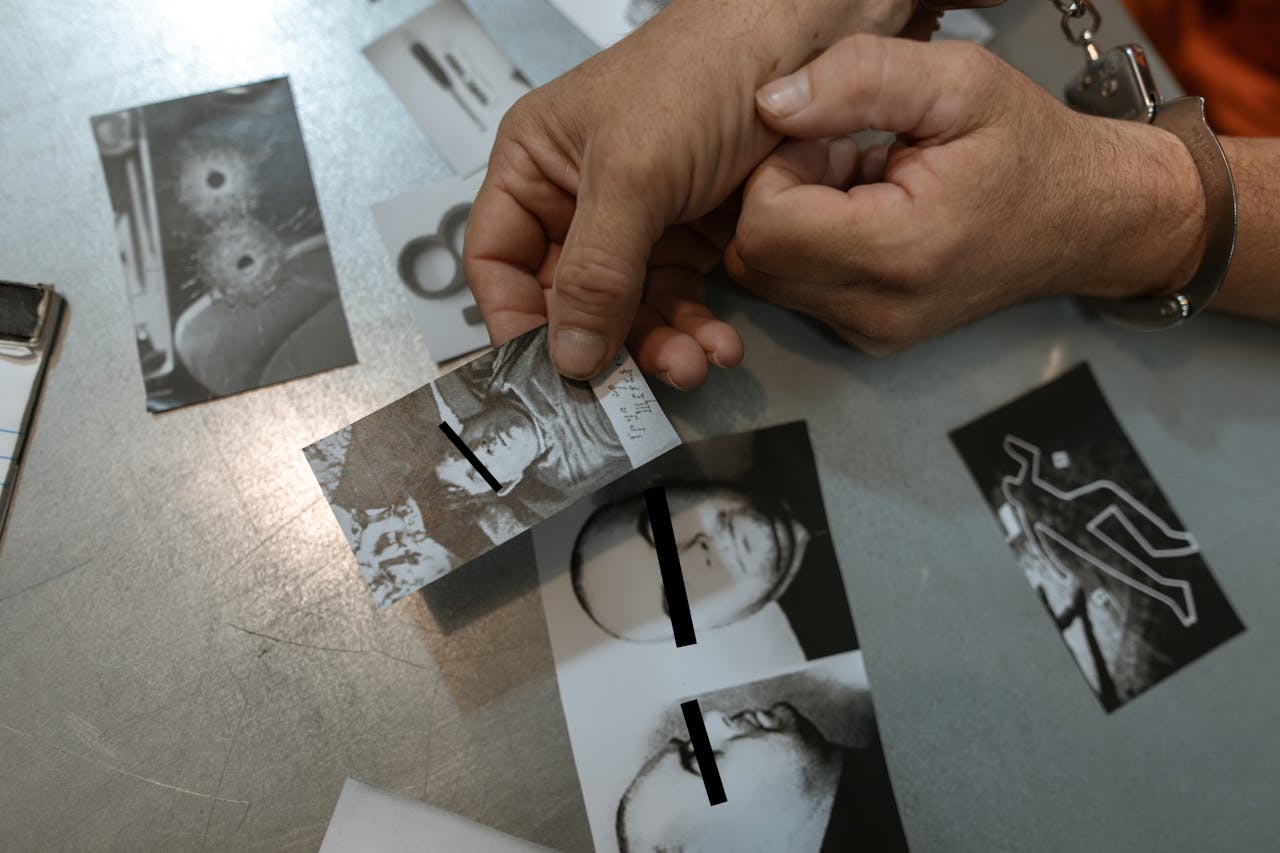When someone becomes a victim of financial fraud, the first reaction is often stress and panic. This is where most mistakes happen: people delete messages, confront the perpetrators directly, or rush into services that promise “instant recovery.”
This is incorrect.
The very first step is evidence preservation.
1. What Counts as Evidence
Any material that confirms communication, actions, or financial transfers is relevant:
- Messaging history (Telegram, WhatsApp, email, social media)
- Call recordings (if legally allowed in your jurisdiction)
- Transaction receipts, bank statements, payment confirmations
- Account dashboards and login activity records
- Screenshots and video captures of trading platforms or personal accounts
- Support ticket responses, verification attempts, login notifications
Even seemingly insignificant details can become critical later.
2. How to Preserve Messaging Evidence Correctly
Screenshots alone are not enough — they are weak evidence when presented in regulatory or legal procedures.
Correct approach:
- Export the full chat history (Telegram / WhatsApp provide built-in export functions).
- Preserve metadata (contact identity, timestamps).
- Create a second backup stored offline or in cloud storage.
- Do not edit, trim, or rewrite anything.
Tampering reduces credibility.
3. Recording Transactions
Collect:
- Official bank statements for the relevant period
- Digital receipts confirming outgoing payments
- Account balance screenshots before and after transfers
When requesting statements, always ask for a bank-stamped copy — this increases legal weight.
4. Capturing Platform Activity
If activity occurred on an online dashboard:
- Record a screen video, not just static screenshots.
- Capture login, balance, transaction history, and interface behavior.
- Save the page source or HTML snapshot if possible.
Fraudulent platforms often disappear or restrict access once they sense a dispute.
5. Do Not Inform the Perpetrators
If the other side learns you are collecting evidence, they may:
- Close your account
- Delete chat history
- Freeze dashboards
- Transfer funds to untraceable accounts
Operate silently until the documentation phase is complete.
Conclusion
A properly structured evidence base allows escalation to:
- Financial regulators
- Banks and payment processors
- Law enforcement agencies
- International recovery channels
A weak evidence base limits or eliminates legal leverage.


